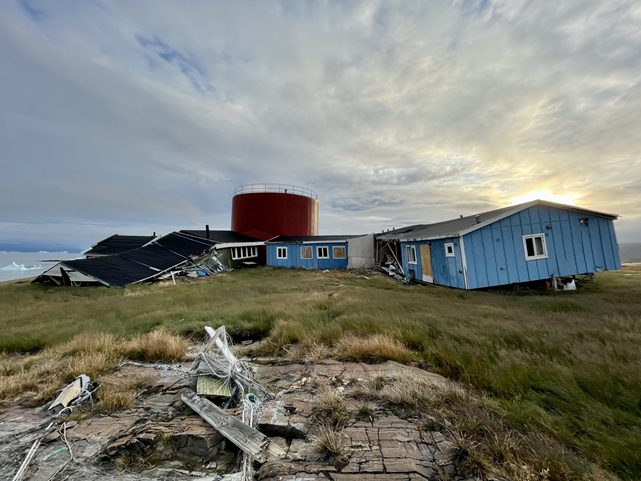
Switzerland is facing significant changes due to climate change. Thawing permafrost is causing problems in infrastructures in the Alps. Issues with ski-lifts and avalanche-protection systems mounted on permafrost are the most urgent ones. Prevention of ground deformation is critical for structures, tunnels, bridges, pipelines, pylons, roads, railways, coastal infrastructure, runways, etc. Implementing protective measures is essential, as most accidents result in damage of infrastructure and the environment.
Current methods for permafrost thermal stabilization cannot be directly applied in specific Alpine conditions. For example, widely used passive thermal stabilization methods are getting less effective with climate change impact or do not bring the fast and significant contribution to soil stabilization. Current active methods face financial challenges and are still not totally efficient.
The main objective of this project is to analyze the capacity of thermal stabilization of the permafrost and develop and test of a solar-powered system to protect the most sensitive Alpine permafrost with infrastructure from soil thawing. This project leverages existing technology, utilizing solar energy (photovoltaic panels) and heat pumps to prevent or reduce permafrost degradation and related soil deformation and instability. In addition it aims to bridge the gap between science and technology by implementing a thermal stabilization system in permafrost regions.
The technology was developed, tested and applied on permafrost low-land tundra. However, to broaden the applicability region to the mountains permafrost type, the system needs to be adapted and tested for these specific conditions, i.e. alpine permafrost and local geological substrates.
General information
- PI: Elizaveta Sharaborova (CRYOS / IIE)
- Start date: 01.06.2024
- Duration: 6 months